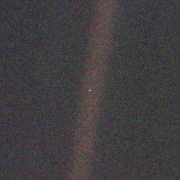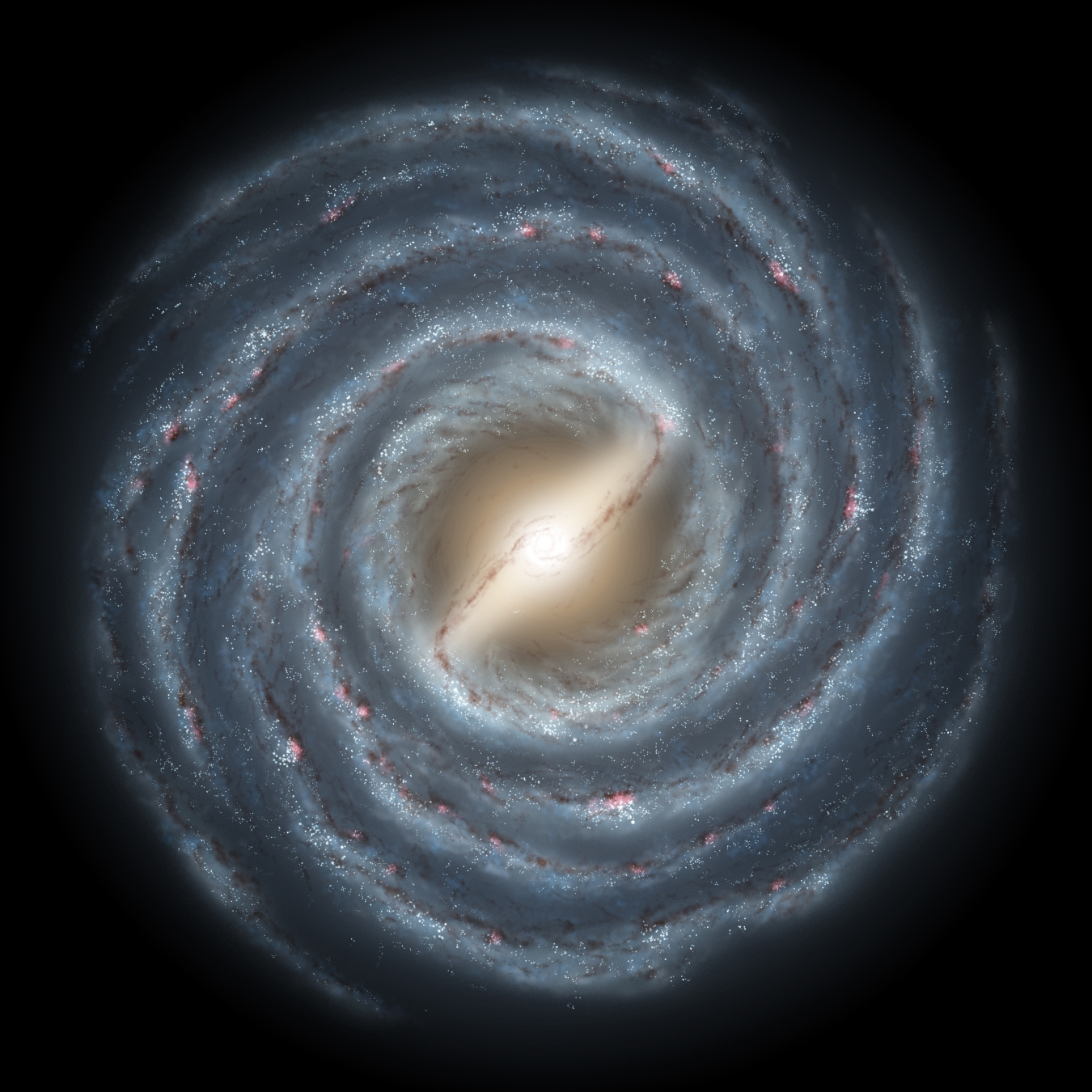The British Chiropractic Association claims that their members can help treat children with colic, sleeping and feeding problems, frequent ear infections, asthma and prolonged crying, even though there is not a jot of evidence. This organisation is the respectable face of the chiropractic profession and yet it happily promotes bogus treatments.I can confidently label these treatments as bogus because I have co-authored a book about alternative medicine with the world's first professor of complementary medicine, Edzard Ernst. He learned chiropractic techniques himself and used them as a doctor. This is when he began to see the need for some critical evaluation. Among other projects, he examined the evidence from 70 trials exploring the benefits of chiropractic therapy in conditions unrelated to the back. He found no evidence to suggest that chiropractors could treat any such conditions.
Note that he's not name-calling here. He's making a claim - that certain treatments promoted by the BCA have no good evidence behind them - and backing it up with data. (Here's an Amazon link for the book he mentions.)
So why is he in trouble then? Surely stronger (and less well-evidenced) claims are made in the media all the time.
Rather than try to refute his claims on scientific grounds - perhaps by submitting a counter-article - the BCA responded by crying libel. They have taken advantage of the ill-designed and internationally condemned libel laws in the UK, tying Singh up in expensive proceedings which are already going against him.
Specifically, the BCA is complaining about the word "bogus". The judge at the preliminary hearing agreed with the BCA that the word implied that the BCA knowingly promoted unproven treatments. I'll leave it to more savvy linguists to address the dramatic ridiculousness of this interpretation - or read Singh's article (linked and excerpted above) to see for yourself.
Basically, the BCA's original claims are factually wrong;, and Singh's critique was proportionate to the evidence, with no evident desire to exaggerate the facts in order to damage the BCA's reputation. Is he being sued only because the BCA doesn't like to be criticized? It looks like it. As a British taxpayer, I do not think that deserves my tax dollars. The case should be thrown out, and the BCA should pay expenses to Singh, plus a penalty for wasting the court's time.
But I'm not the judge. And even if I were, British law is skewed massively in favour of the accuser in libel cases - particularly if the accuser is rich.
Which is very worrying. Does British law value the tender feelings of professionals over free speech? Do we want honest, evidence-based criticism to be trampled on in favour of wealthy interest groups?
The judgement in the preliminary hearing feels like a blow against free speech, science-based journalism, and common sense, there is cause for hope. Check out these links for extensive roundups of the case and the coverage it has gained in the mainstream media and the blogosphere. Between the BCA's bullying behaviour, the bad law, and the ridiculous linguistic inclinations of the judge, they are likely to end up looking even worse (and Singh even more noble and valiant) than if they'd just let the article sink into yesterday's news.
If you live in the UK and are as disturbed as I am about how Britain's unjust libel laws can be and are used to silence important exercises of free speech, then sign this online petition. It will be seen by MPs. In conjunction with the increasing media coverage, a petition like this might actually motivate them to reform the libel law in this country.
And, since that won't change things in the short term, let's make some noise in support of Simon Singh. Here are some other bloggers that are keeping an eye on the situation:
- Mike, the Not-Quite-So-Friendly Humanist
- Ben Goldacre, the Bad Science dude (who recently had his own run-in with spurious libel accusations)
- Hemant, the Friendly Atheist
- P.Z. Myers, of Pharyngula
- And again, check out the roundups at God Knows What [+ update] and Holford Watch for comments and links to dozens of other articles and discussions of this situation.
I would also like to extend kudos to the Guardian newspaper, for supporting Singh in this fight (and Ben Goldacre before him). The little-guy-against-the-giant image may be inspiring, but in real life it's good to have slightly more even odds. Good for them.












